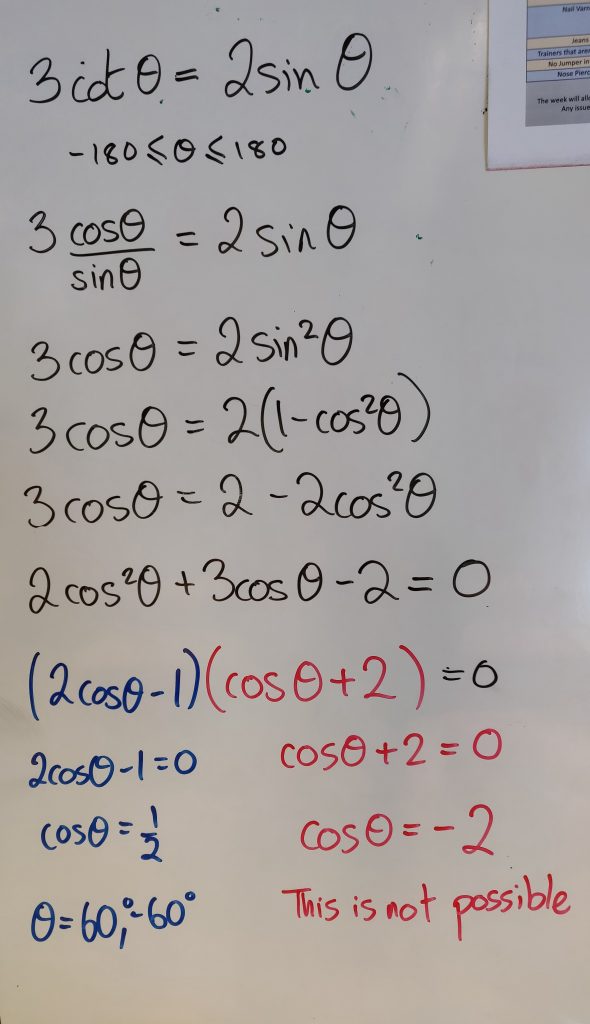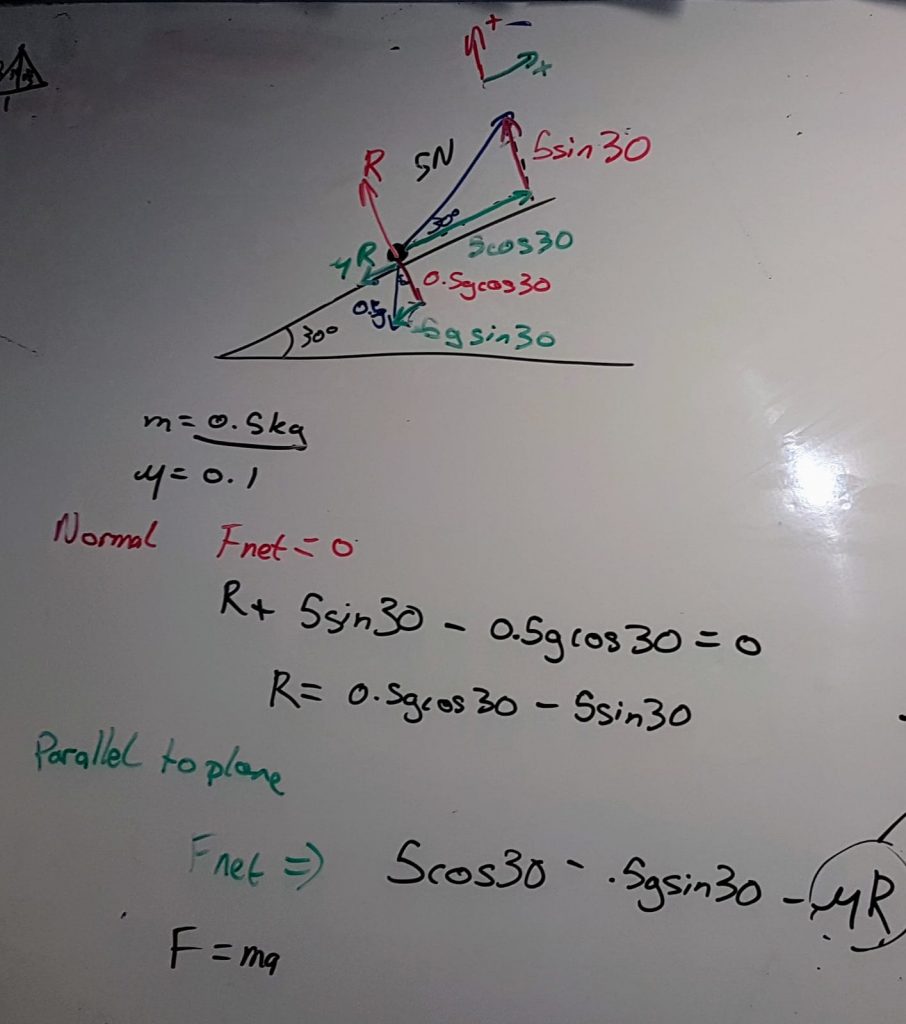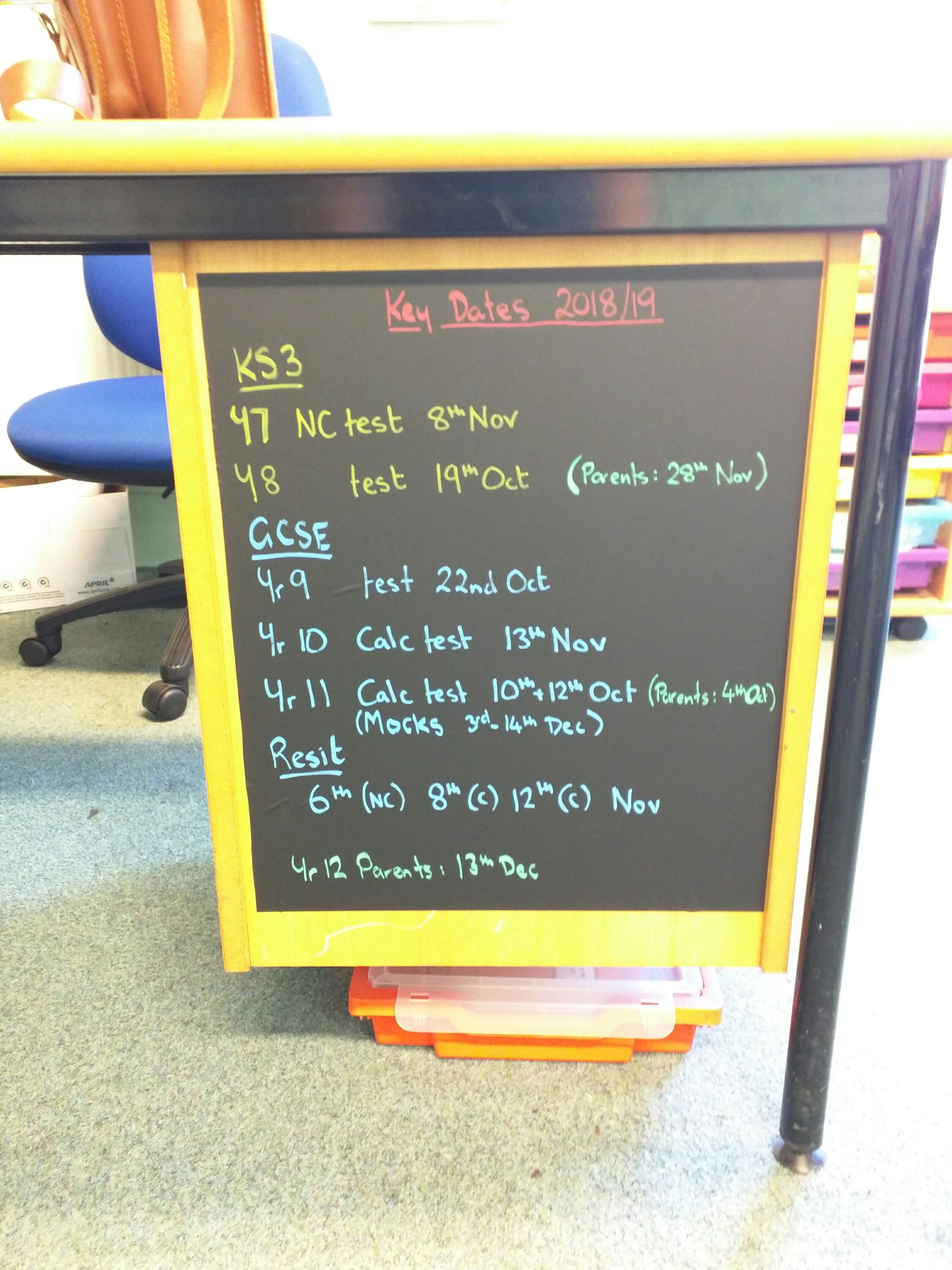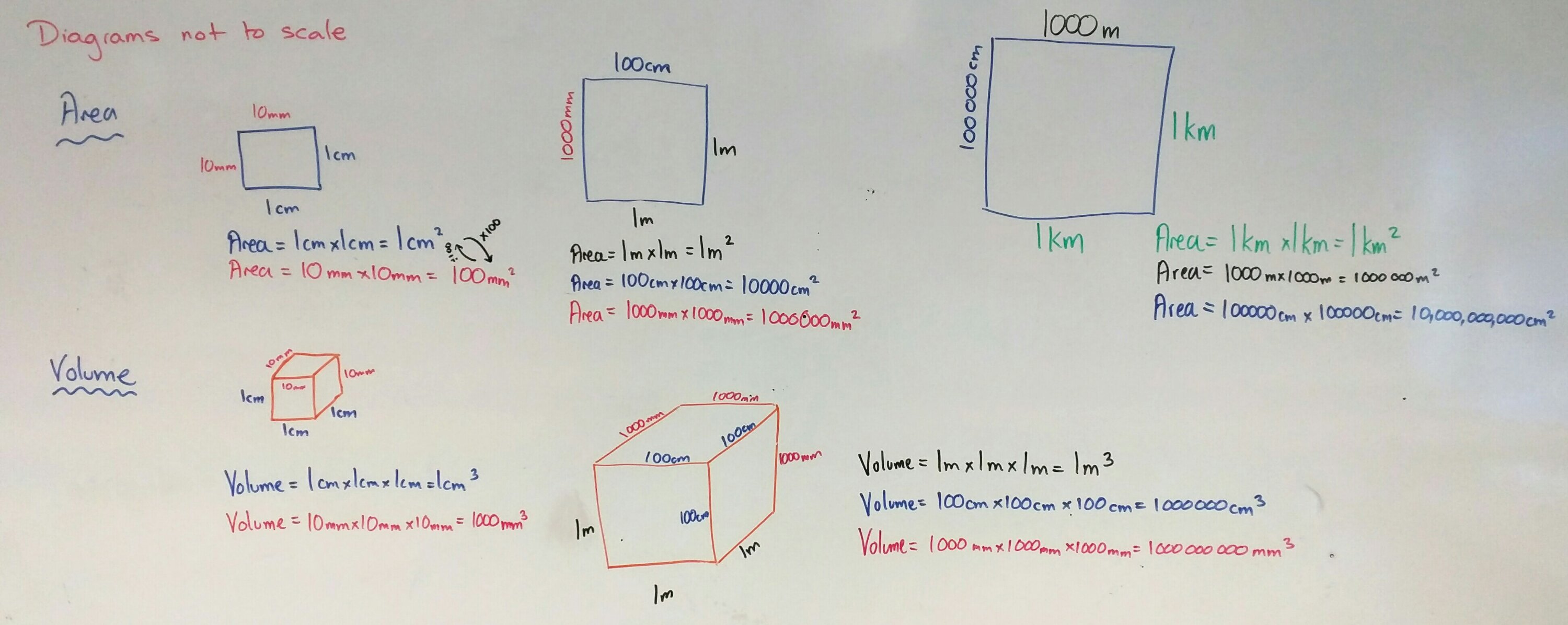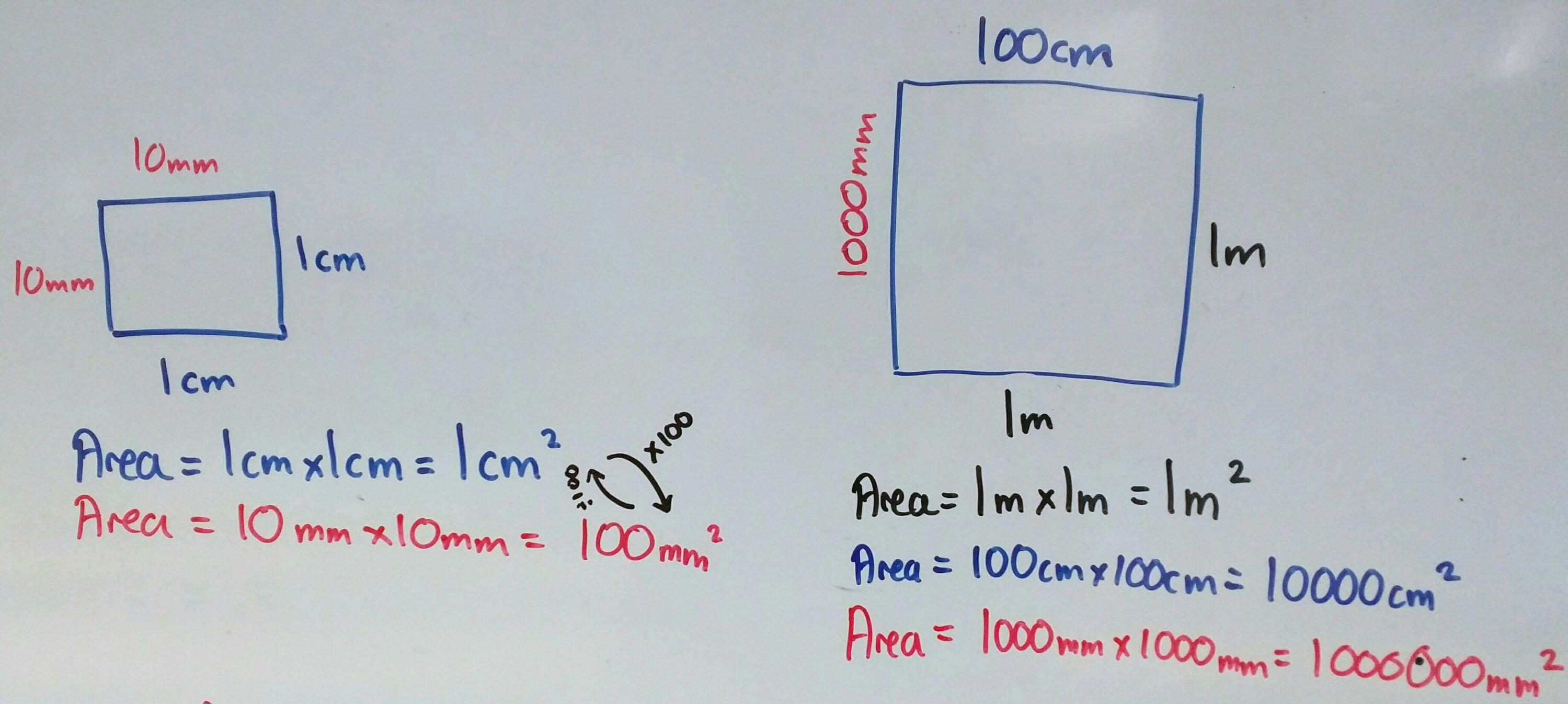Apologies for the infrequent blog posts. Life happens.
I thought I’d share an inspired idea that I saw on Twitter. AJSmith (@MrSmithRE) shared this brilliant video on how to efficiently use hole punched exercise books.
I converted to using A4 exercise books with Year 11 in September and the improvement was amazing. From low ability students who wanted to bin their Year 10 notes (Do I have to keep them?), to so much pride in their work that they are still using their A4 exercise books for personal study and revision whilst on study leave.
Now I’ve seen this video on tagging notes together, this could be a game changer. Fewer sheets stuck in means fewer pages filled with stuck in sheets, which means the books will last longer. So the Department saves on the cost of both glue sticks and exercise books. Those infuriating students who seem incapable of sorting out their books have got one less excuse now.
I plan on using this with my new Year 10 class in September – they are the exact opposite of my previous GCSE group, so this should make for an interesting comparison. I’ll feedback how it goes.
Now go and watch that video and start saving for an industrial strength hole punch.

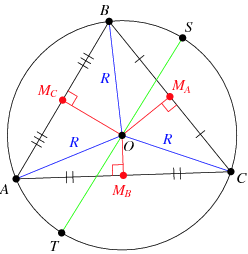
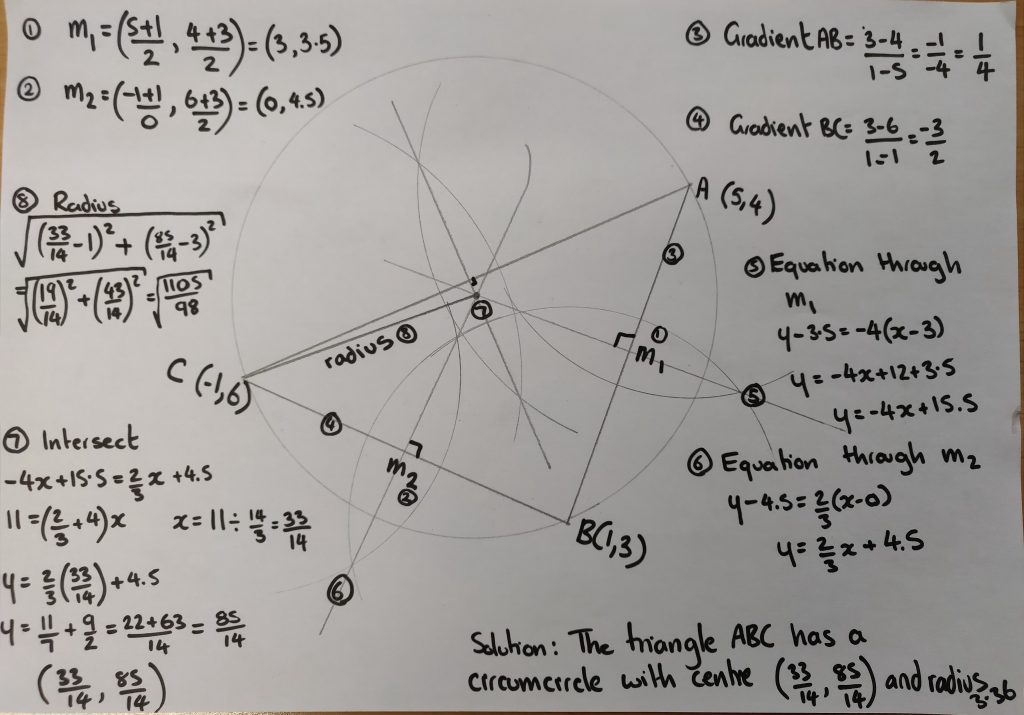
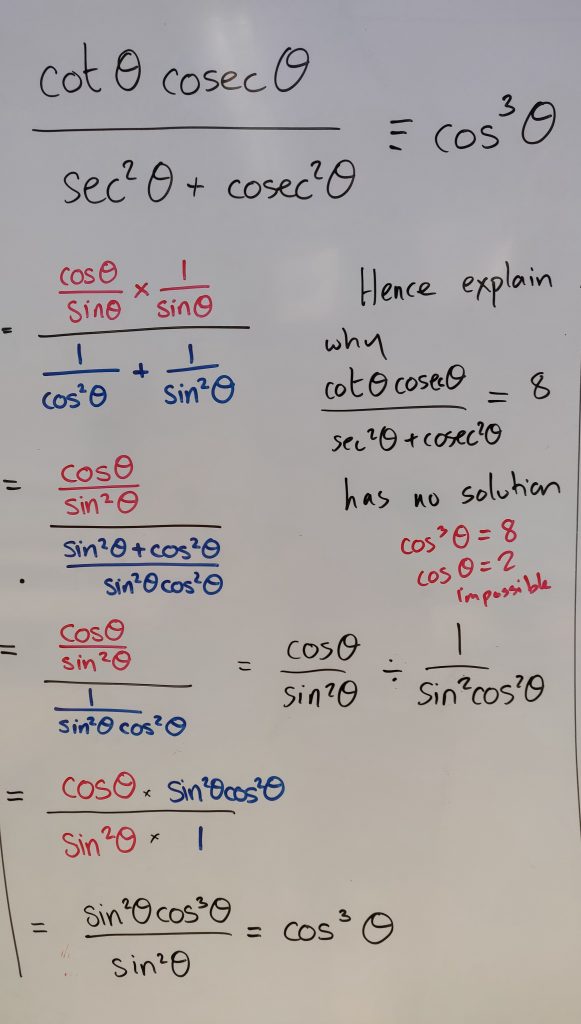 Image credit: Mathssandpit
Image credit: Mathssandpit